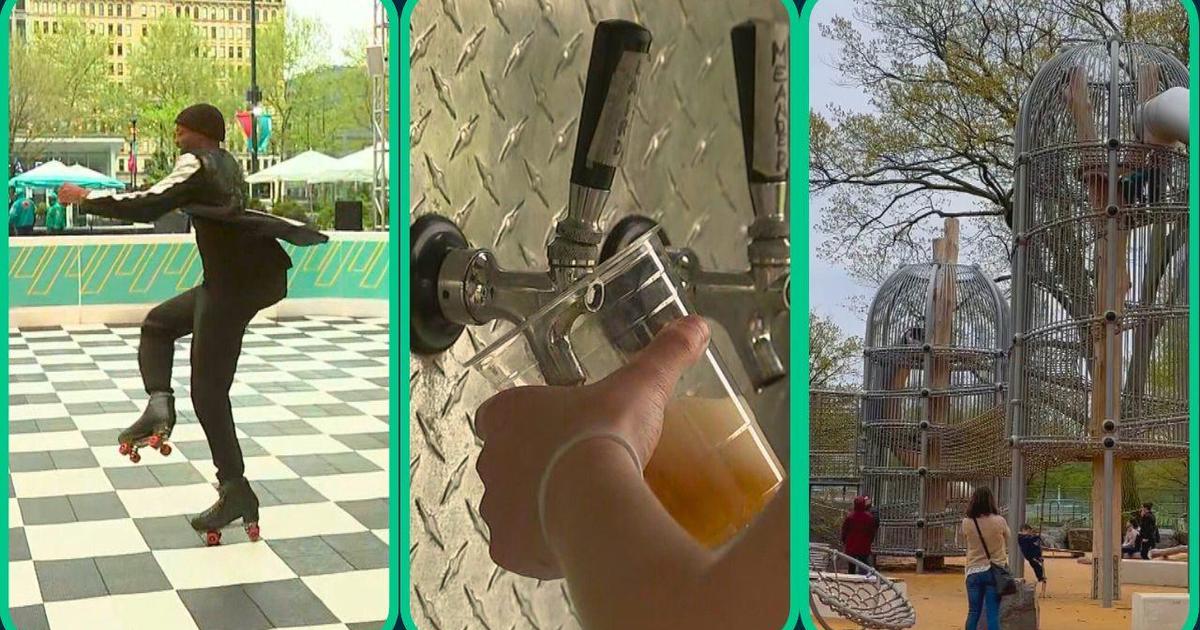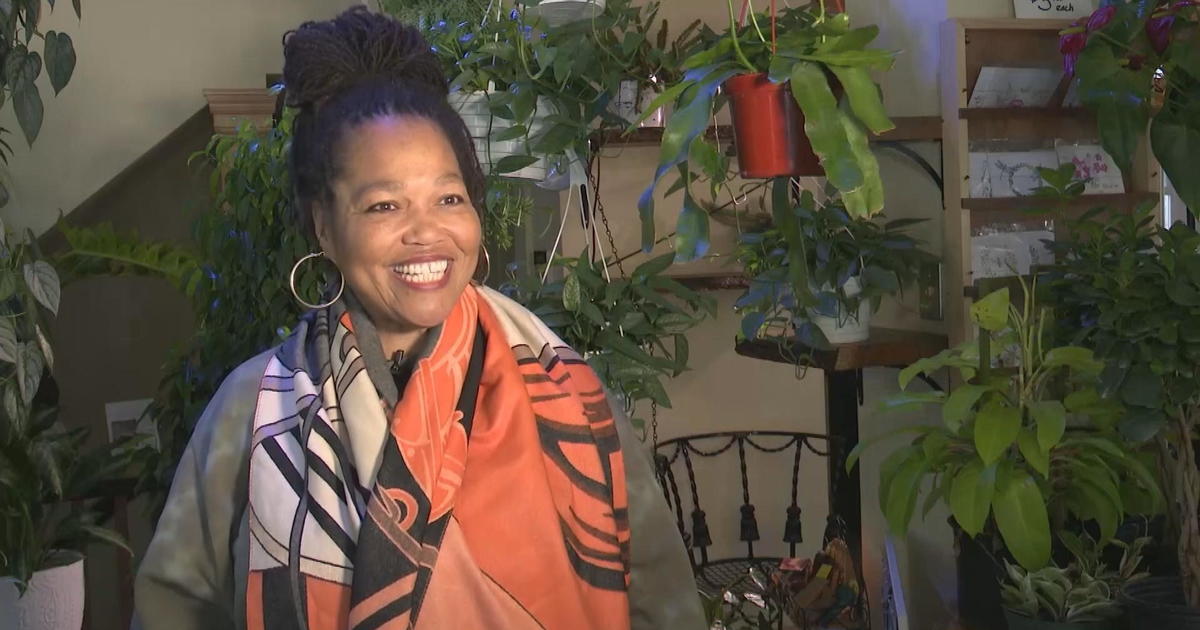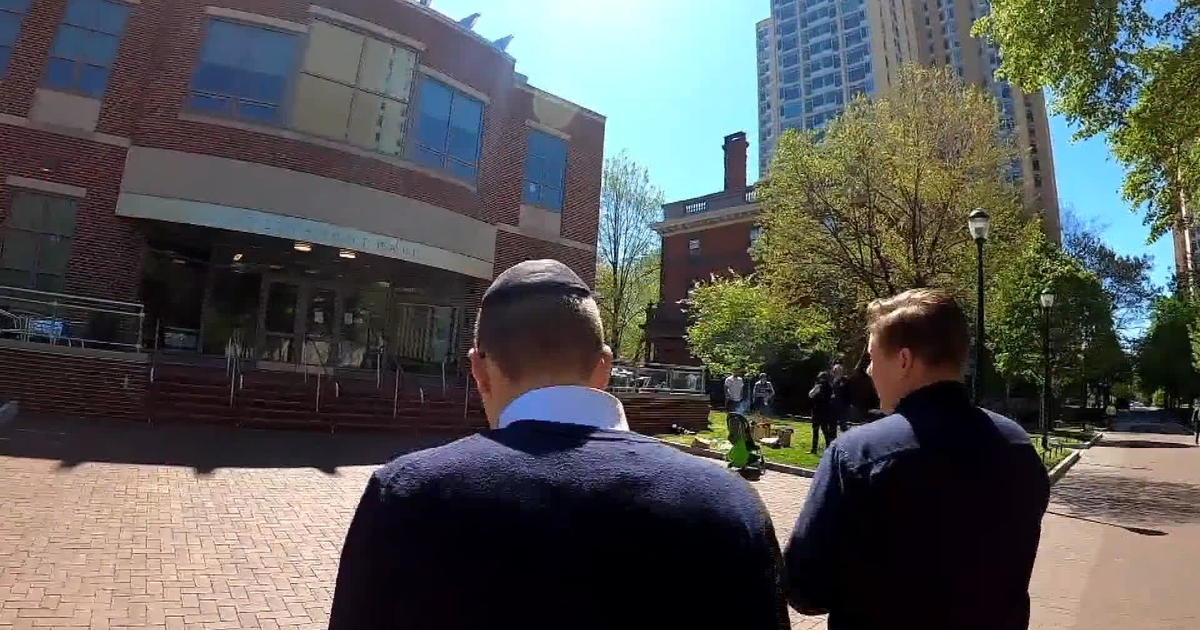Philly 'Greenbuild' Expo Demonstrates Game-Change in Construction Industry
By Pat Loeb
PHILADELPHIA (CBS) -- Kristin has an unusual assignment at the Greenbuild International Conference and Expo, taking place at the Pennsylvania Convention Center today and tomorrow: she's making sure the estimated 30,000 participants use the right trash bin.
"We have three bins," she explains. "We have landfill, recycling, and compost. Normally at conventions here in Philadelphia, 90 percent of what people throw away goes to landfills. We're going to get it down to 9½ percent, hopefully."
That is the sort of lofty goal that could lead the uninitiated to believe the "green" building movement is like some other environmental activism: at a slight remove from the mainstream.
But a look at the Convention Center floor shows this is no niche group. The dress code is strictly business. The 700 vendors include every construction and material firm from Home Depot to United Technologies.
And the conversation is about the new LEED v.4 certification, the latest version of the system created some 15 years ago by the US Green Building Council (USGBC), the convention host, to show voluntary compliance with a set of standards for environmental efficiency in the construction and renovation of buildings.
Once a novelty pursued, perhaps, by universities or younger builders, it has become a highly sought-after imprimatur of standards that go above and beyond building codes in terms of energy efficiency and low carbon footprint.
"We have really kind of changed the game in terms of sustainability in the built environment," says spokesman Jacob Kriss, who estimates there are 56,000 LEED-certified projects worldwide.
"The benefits of LEED have been proven," he tells KYW Newsradio. "People save money. There are better indoor environments. It enhances building value. For commercial building owners that's a really big thing -- there are marketing benefits."
The standards are being updated, according to Brendan Owens, vice-president for LEED technical development, because green building conventions and tools have become so widespread that buildings are now able to meet the standards almost too easily.
"They cracked the code," Owens says. "They figured out how to do it. Which is not a bad thing. But it's time to reset the bar."
The new standards embrace wider goals for measuring a building's impact on climate change, human health, water resources, biodiversity, green economy, community, and natural resources. They have new targets for efficiency in data centers, warehouses, and distribution centers, in hospitality, existing schools, existing retail, and mid-rise residential projects.
USGBC says there are 122 projects that have already agreed to use the new standards, including University Place in Philadelphia.
USGBC says buildings represent a huge opportunity to improve the environment, since they account for some 70 percent of US electricity consumption and emit as much as 40 percent of greenhouse gases.
Owens doubts efforts to improve efficiency will end with LEEDv4.
"One of the things that has been emerging as a goal is net zero energy use," he says. "That's the next logical step for us, but that's not the end of the road. We want to get further than that. We want to encourage project teams to think about buildings that generate more energy than they consume, generate clean water instead of discharging dirty water, clean the air."
The goal, he says, is always to be asking, "What else can we do?"



